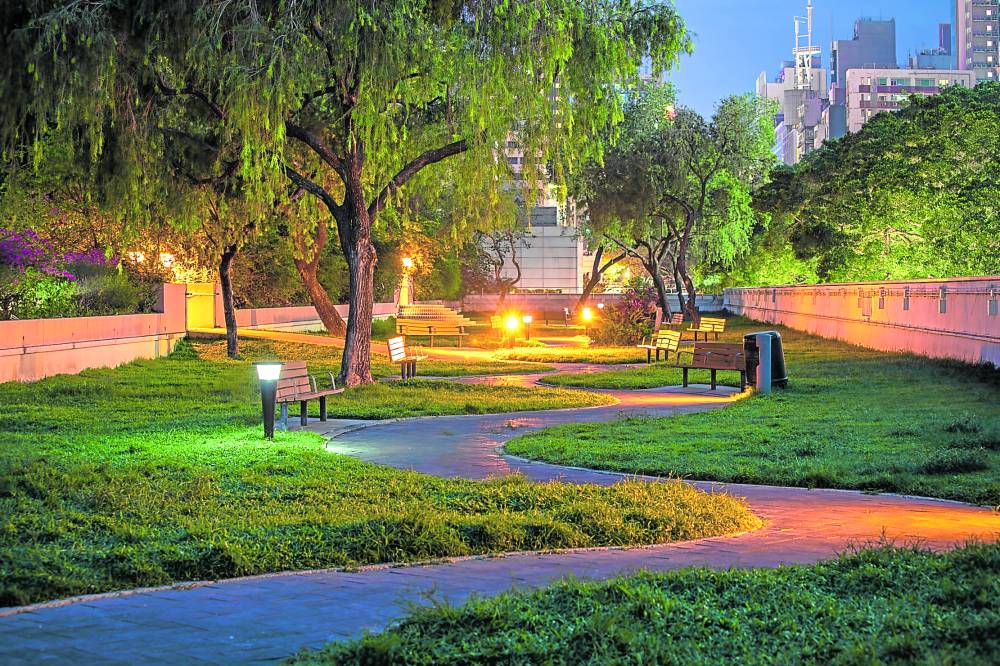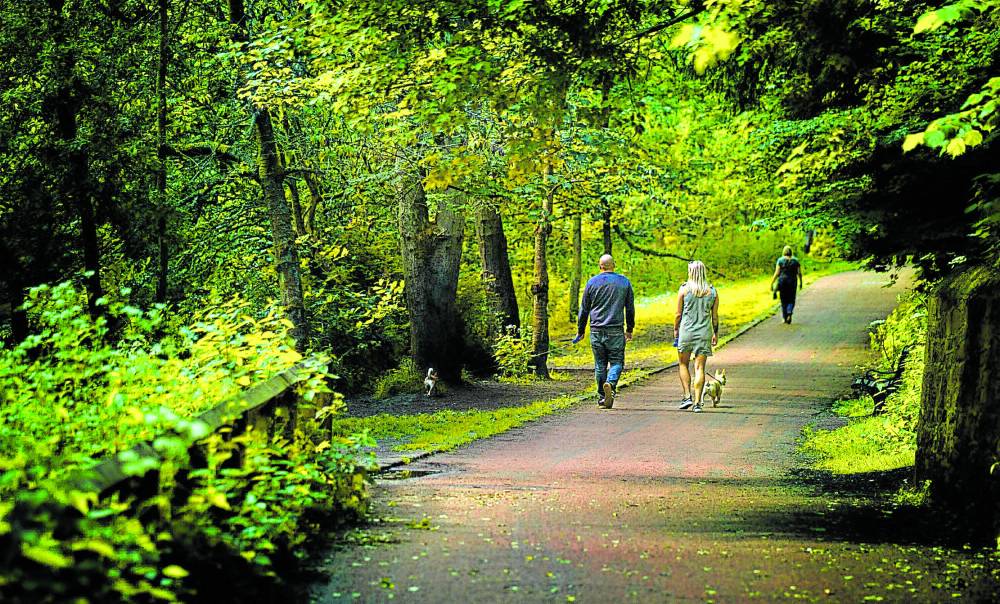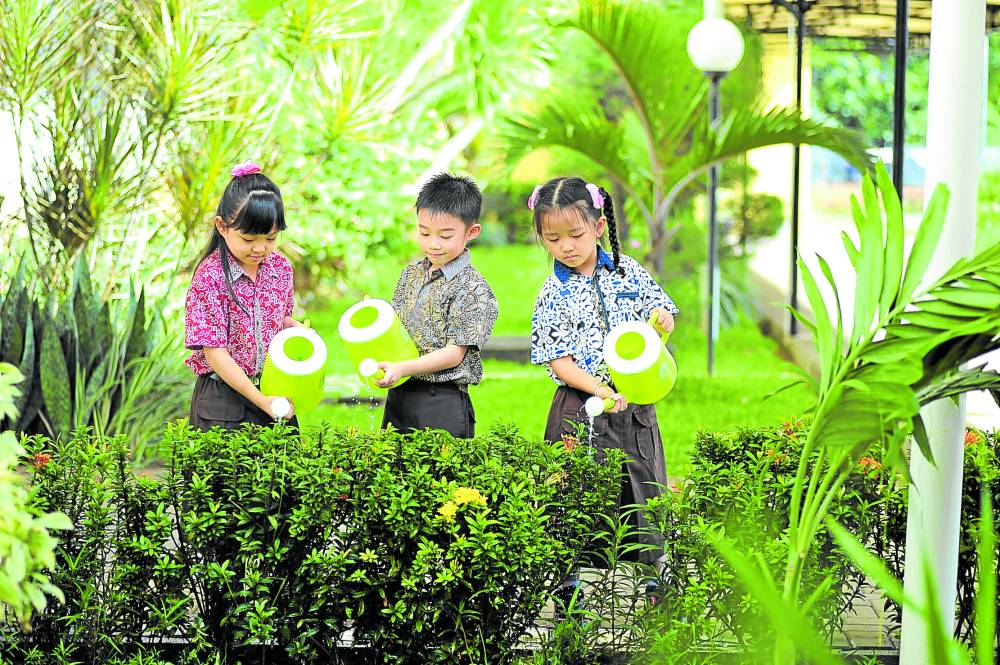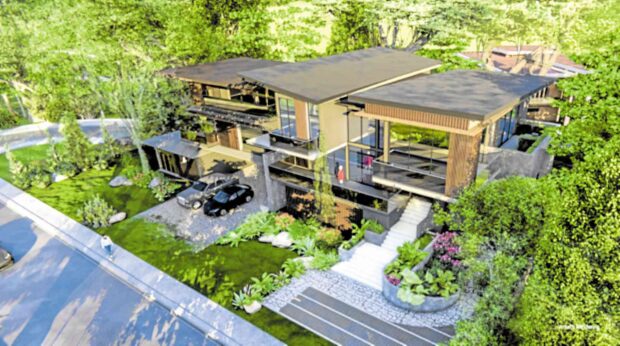Health, happiness, and harmony
Living in a green environment offers advantages beyond mere visual appeal.
Studies have demonstrated that spending time outdoors in natural surroundings can enhance memory performance and attention span by an impressive 20 percent. Similarly, strategically placing plants or gardens near homes and offices is about more than decoration as it’s also linked to tangible health benefits.
Greenery has been associated with increased well-being and reduced stress levels. It’s a testament to the profound and positive impact that nature can have on our mental and emotional state, transforming spaces into sanctuaries of tranquility and vitality.
Conservation of resources
Fusing urban development with nature creates a sustainable model where community building goes hand in hand with conservation. It’s a vision of urban living where the concrete jungle transforms into an oasis of green, enriching lives and nurturing human well-being and environmental health. Renewable resources are prioritized, and nonrenewable resources are used sparingly to ensure they last much longer.
Reduction in pollution for climate impact
Green spaces play a vital role in reducing pollution. They contribute to the fight against climate change by reducing greenhouse gas emissions. Trees and plants act as natural filters, absorbing harmful pollutants and providing clean air. Water features can also help manage stormwater runoff, reducing water pollution.
Article continues after this advertisementMore than just a pretty face
The allure of natural vistas offers an honest and personal connection to the environment.
Article continues after this advertisementIntegrating nature into urban design significantly enhances the overall quality of life. Lush landscapes, flourishing gardens, and innovative green barriers provide a refreshing contrast to the stark concrete structures of the city. This harmonious blend adds aesthetic value and increases property values, making the area more appealing to residents and businesses. It’s a transformation that infuses urban living with the grace and vitality of nature, creating rare spaces that resonate with beauty and sustainability.

Greenery has been associated with increased well-being and reduced stress levels. (GORMA KUMA VIA PEXELS)
Where people and planet thrive
Nature has always fostered community, and in green central business districts, this connection finds new expression through thoughtfully designed landscapes.
Parks, gardens, and open spaces become the heart and soul of the community, where families gather, friends meet, and neighbors connect. These green spaces host community events, cultural festivals, and social gatherings, thus fostering a sense of belonging. People also get to reconnect with nature, finding solace and inspiration in the rustle of leaves, the fragrance of flowers, and the gentle murmur of water. The sensory experiences awaken a profound appreciation for the natural world, enhancing mental and physical well-being.
The benefits of these green spaces extend beyond social connections. They act as lungs for the city, absorbing carbon dioxide, releasing oxygen, and contributing to biodiversity. Rain gardens and permeable surfaces manage stormwater, reducing flooding and pollution. Economically, they add value to properties and attract businesses and residents, making the area desirable to live and work in.
Going back to nature
In a world where the need for sustainable living is more pressing than ever, green CBDs offer a vision of the future where cities are not just places to live and work in, but also thriving ecosystems that nurture both people and the planet. It’s an initiative worth investing in, where verdant living is a dream come true.
The author (www.ianfulgar.com) is a leading architect with an impressive portfolio of local and international clients, his team elevates hotels and resorts, condominiums, residences, and commercial and mixed-use township development projects. His innovative, cutting-edge design and business solutions have garnered industry recognition, making him the go-to expert for clients seeking to transform their real estate ventures


